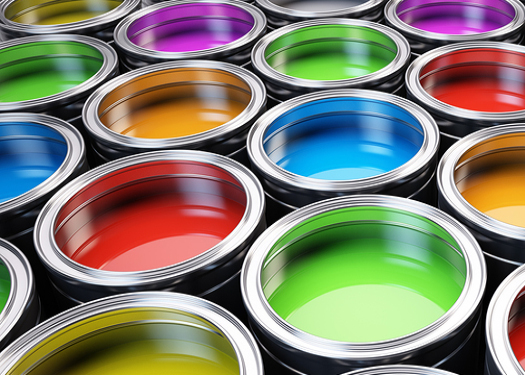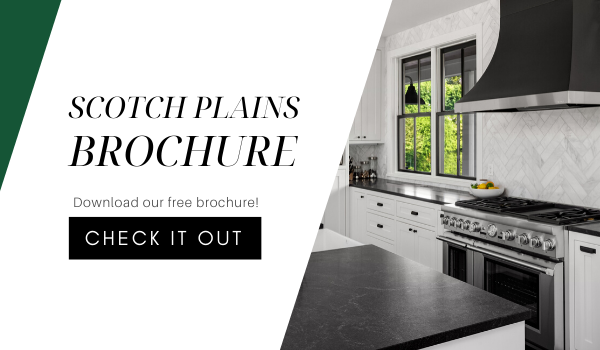Your New Jersey home may be comprised of quite a few different rooms, but they all work together to form one cohesive unit—or at least they should! Let’s face it, it’s tricky to come up with a color scheme that works throughout your entire home. So is it simply a matter of picking your favorite color and modifying it throughout the house?
It’s not quite that easy. Just because you like a color (even if it’s your favorite) doesn’t mean it should be the basis for your whole-home color scheme. For instance, some designers are really big on turquoise at the moment. But they tend to use it as an accent color rather than a main color. Similarly, if you look on houzz.com you’ll find kitchens making extensive use of some bold primary colors—but that really only works in certain kinds of kitchens (often older, remodeled kitchens).
So where should you begin? One thing that’s helpful is to be aware of visual connections. As you move through your home, take note of which rooms are visible from other rooms. The colors don’t need to match—but you’ll likely want to make them flow together (unless you’re intentionally trying to make a break between rooms). If you’re wondering what to base your entire palette on, take a cue from nature. See what colors look good to you in natural settings.
Some experts suggest starting with the most dominant room in the house (often the kitchen or the living room). Then work you way out from there. Another approach is to begin with the room where you want to make the boldest color statement and then move to more subtle colors as you move from that room. Again, you don’t need to match colors—but for the sake of continuity, it’s good to stay within the same hue.
One place where you can break from that suggestion is between floors. You can actually accentuate the division between upstairs and downstairs by selecting different colors. If you opt for that, you’ll probably want to keep your connecting spaces (such as stairwells) a neutral color such as white, or beige. But be aware that not all neutral colors are created equal! Even whites and beiges have sub tones!
One of the biggest challenges homeowners (and professionals!) face is the affect of light on color. Colors will look one way under incandescent lighting and completely different under florescent of LED lighting. What you see in a show room may not look at all the same in your home. And natural light makes a difference, too. Light coming from the north affects color differently than light coming from the south or the west.
Choosing the right color palette for your home is a lot more involved than simply choosing variations of your favorite shade. Take your time and do some experimenting before you make a decision for your whole home.




.jpg)












Leave a Comment